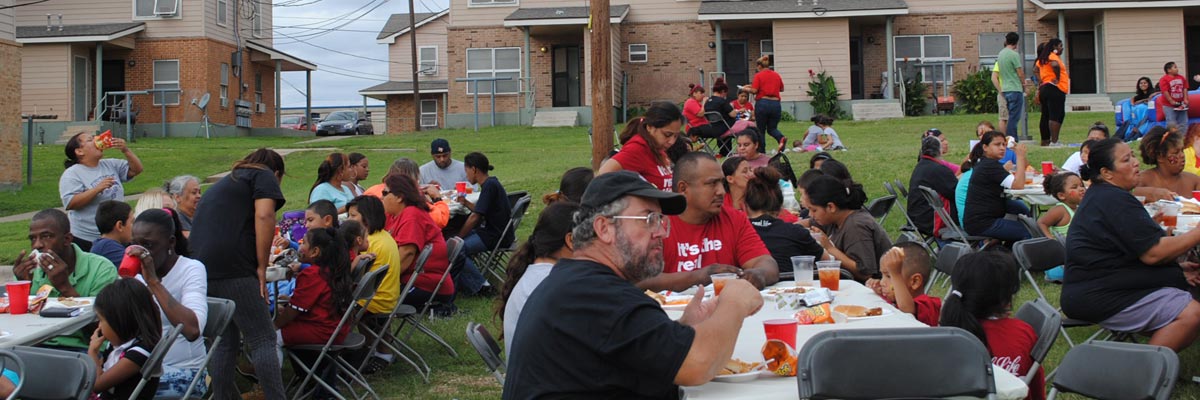 [/vc_column][/vc_row][vc_row inner_container=”true” no_margin=”true” padding_top=”0px” padding_bottom=”3em” border=”none” bg_type=”theme_default” bg_grad=”background: -webkit-gradient(linear, left top, left bottom, color-stop(0%, #FBFBFB), color-stop(50%, #E3E3E3), color-stop(100%, #C2C2C2));background: -moz-linear-gradient(top,#FBFBFB 0%,#E3E3E3 50%,#C2C2C2 100%);background: -webkit-linear-gradient(top,#FBFBFB 0%,#E3E3E3 50%,#C2C2C2 100%);background: -o-linear-gradient(top,#FBFBFB 0%,#E3E3E3 50%,#C2C2C2 100%);background: -ms-linear-gradient(top,#FBFBFB 0%,#E3E3E3 50%,#C2C2C2 100%);background: linear-gradient(top,#FBFBFB 0%,#E3E3E3 50%,#C2C2C2 100%);” parallax_style=”vcpb-default” bg_image_repeat=”no-repeat” bg_image_size=”cover” bg_img_attach=”fixed” parallax_sense=”30″ bg_override=”0″][vc_column fade_animation_offset=”45px” width=”1/2″]
[/vc_column][/vc_row][vc_row inner_container=”true” no_margin=”true” padding_top=”0px” padding_bottom=”3em” border=”none” bg_type=”theme_default” bg_grad=”background: -webkit-gradient(linear, left top, left bottom, color-stop(0%, #FBFBFB), color-stop(50%, #E3E3E3), color-stop(100%, #C2C2C2));background: -moz-linear-gradient(top,#FBFBFB 0%,#E3E3E3 50%,#C2C2C2 100%);background: -webkit-linear-gradient(top,#FBFBFB 0%,#E3E3E3 50%,#C2C2C2 100%);background: -o-linear-gradient(top,#FBFBFB 0%,#E3E3E3 50%,#C2C2C2 100%);background: -ms-linear-gradient(top,#FBFBFB 0%,#E3E3E3 50%,#C2C2C2 100%);background: linear-gradient(top,#FBFBFB 0%,#E3E3E3 50%,#C2C2C2 100%);” parallax_style=”vcpb-default” bg_image_repeat=”no-repeat” bg_image_size=”cover” bg_img_attach=”fixed” parallax_sense=”30″ bg_override=”0″][vc_column fade_animation_offset=”45px” width=”1/2″]Resident Opportunities for Self-Sufficiency (ROSS)
Since 2010, the ROSS program has connected adults and youth living in public housing to local agencies and organizations providing supportive and workforce development activities that help them become more self-sufficient.
Participating residents are matched with a ROSS specialist who works with them to collaboratively develop goals. Goals fall into multiple categories, each with required activities: education, employment, financial management, parenting and homeownership; those for youth focus on education (high school completion and college/vocational training readiness), leadership and skill development (STEM-related). Incentives are provided at the successful completion of each goal and its required activities.
[/vc_column][vc_column fade_animation_offset=”45px” width=”1/2″][/vc_column][/vc_row][vc_row inner_container=”true” no_margin=”true” padding_top=”0px” padding_bottom=”3em” border=”none”][vc_column fade_animation_offset=”45px” width=”1/2″]
Family Self-Sufficiency Program (FSS)
Since 1998, the FSS program has helped families in both public housing and in the Housing Choice Voucher program increase household earned income and reduce dependency on welfare assistance and rental subsidies.
Once enrolled, the head of household executes a 5-year Contract of Participation with one of five FSS coordinators and sets time-bound goals and related activities and services in an Individual Training and Services Plan (ITSP). The two primary ITSP goals under which all activities fall are:
- To become welfare-free; and
- To secure employment that will lead to self-sufficiency.
Participating residents are connected to child care, transportation, education, job training, employment counseling, financial literacy and home ownership, among other services. An interest-bearing escrow account is established for each family and any increases in rent as a result of increased earned income result in a credit to the family’s escrow account. Upon graduation from the program, the family receives the escrow.
[/vc_column][/vc_row][vc_row inner_container=”true” no_margin=”true” padding_top=”0px” padding_bottom=”3em” border=”none”][vc_column fade_animation_offset=”45px” width=”1/1″]
Workforce Development
Adults of working age looking to (re)enter the workforce who reside in subsidized housing programs often have gaps in education and skills that preclude them from securing living wage employment. Residents are connected to GED, short-and long-term occupational training certification and post-secondary education opportunities as well as those for workforce readiness, placement and retention.
[/vc_column][/vc_row][vc_row inner_container=”true” no_margin=”true” padding_top=”0px” padding_bottom=”3em” bg_color=”#7251a0″ style=”color:#fff;” bg_video=”” class=””][vc_column fade_animation_offset=”45px” width=”1/3″][/vc_column][vc_column fade_animation_offset=”45px” width=”1/3″ class=”center-text” id=”” style=””]
Get Involved
Support a child in need
Donate Today![/vc_column][vc_column fade_animation_offset=”45px” width=”1/3″][/vc_column][/vc_row]
